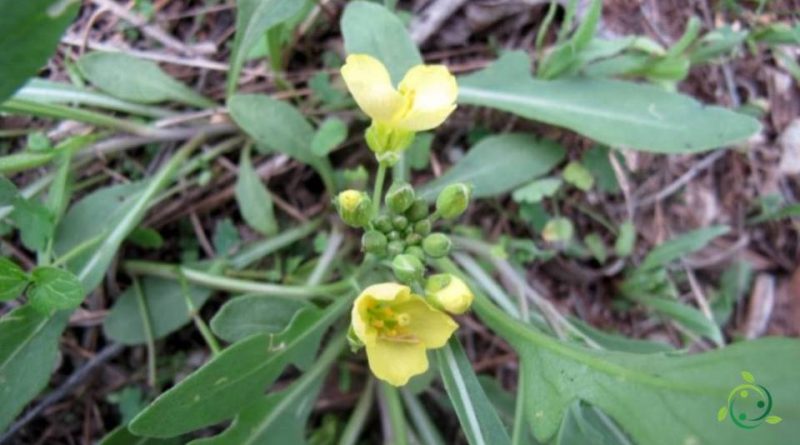How the wild rocket propagates
How the wild rocket propagates
The wild rocket (Diplotaxis tenuifolia (L.) DC.) Is a perennial plant of the Brassicaceae family native to central, southern and Mediterranean Europe.
This plant is widespread in all regions of Italy and common in ruderal and uncultivated places.
This plant grows well in sandy, calcareous and sunny soils but, like many plants, it benefits from a good supply of the soil, especially organic matter, where this plant develops thinner and more tender leaves.
In this sheet we will see how the wild rocket propagates and how it is harvested while for the cultivation details see the specific sheet.
Propagation –
The wild rocket is a plant that multiplies with great ease from seed, even spontaneously, so where it was grown, if the plant goes to seed, it will reproduce the following year.
However, if you want to organize a vegetable production it is advisable, at the end of the vegetative cycle, to let the seeds produce, which are contained in thin pods that develop in the upper part of the stem, and to collect and store the terminal parts during the winter. in breathable bags and in a dry and dark place.
Sowing can be done, in early spring, by broadcasting directly on the ground, subsequently thinning out the plants that are too close together. Before sowing it is advisable to refine the soil well, mixing it with organic substance.
The seed must be covered with a layer of less than one cm of soil and irrigated at least in the morning and in the late afternoon until the young plants emerge.
It is advisable to choose a totally sunny position so in the first phase of germination it is good to put a cover (with boxes or sheets) to prevent the sun’s rays from excessively drying the sown ground.
The wild rocket has a characteristic aroma, which emanates when wrinkled, much more intense than that of Eruca sativa. Sometimes the aroma is so strong that, in cooking, it is blanched before preparation, discarding the water.
Collection and storage –
The most tender leaves of this plant are collected, using them fresh. By watering and topping the plants, the plant is prevented from going into flower, keeping the leaves tender and very aromatic.
Harvesting begins in spring and, since even when cut, it reproduces until late autumn.
Use in the kitchen and therapeutic properties –
Diplotaxis tenuifolia is used like rocket to give flavor to salads, omelettes, cheeses, pizzas, meat dishes.
It is attributed with stimulating, digestive and detoxifying properties. In general, its therapeutic properties are: diuretic, astringent, vitaminizing and expectorant.

